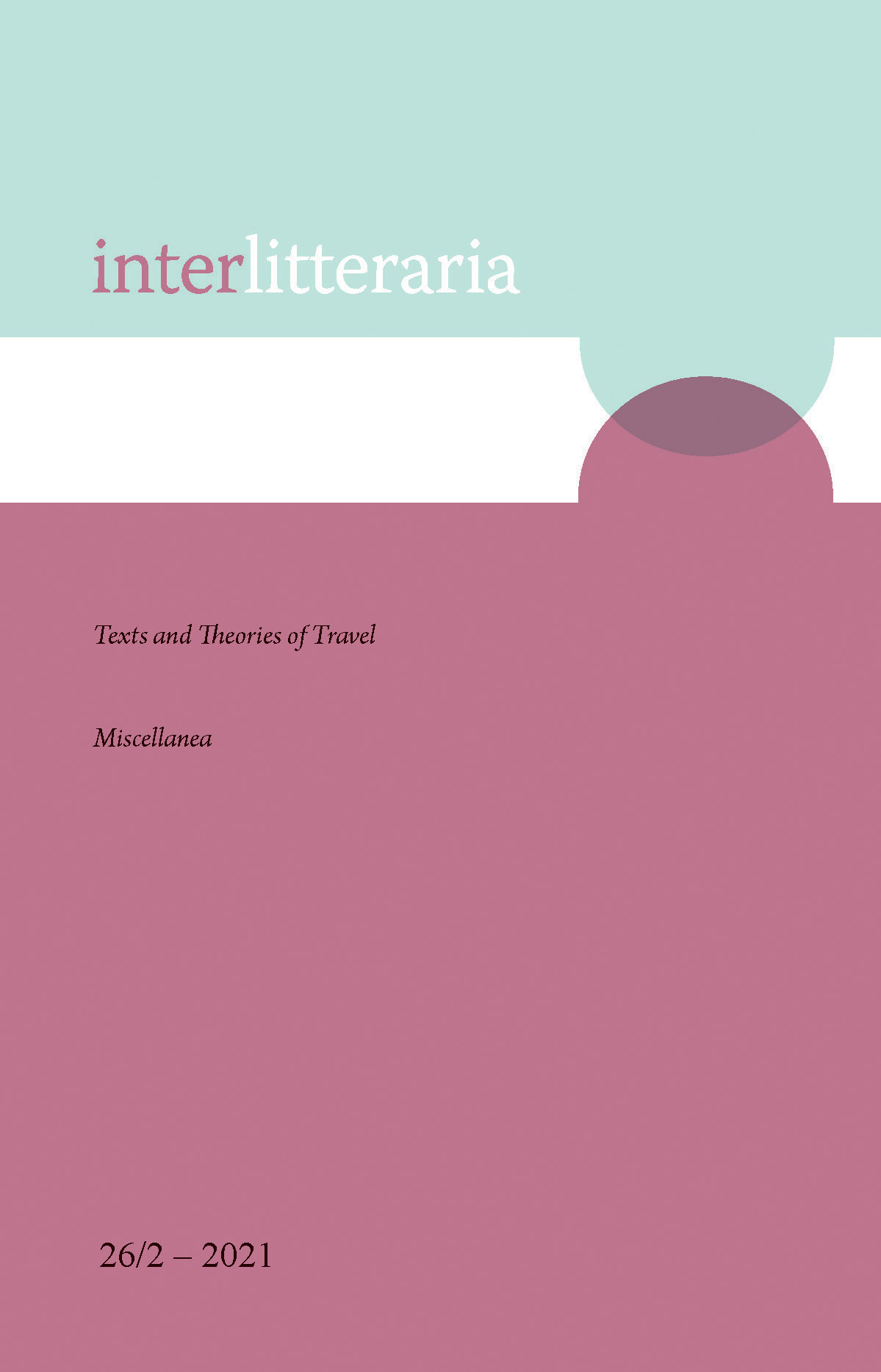Ethnic Trauma in the Traveller’s Eye: On Naipaul’s "The Masque of Africa", Including a Comparison with Bi Shumin’s "30,000 Miles of Africa"
DOI:
https://doi.org/10.12697/IL.2021.26.2.7Keywords:
V. S. Naipaul, ethnic trauma, travel writing, local elites, western stanceAbstract
Abstract: Insisting on the role of spectator in his travel writing, V.S. Naipaul claims he is merely the “manager of narrative”, who retells objective truths told by the people among whom he travels. Nonetheless, an examination of the ethnic trauma of post-apartheid South Africa in Naipaul’s The Masque of Africa: Glimpses of African Belief (2010) reveals that his voice dominates the narrative. Naipaul’s negative view of post-apartheid South Africa is consistent with his previous views of the “dark continent”. Contrary to other writers’ optimistic attitudes toward South Africa, Naipaul holds a negative view of the Rainbow Nation. For Naipaul, South Africa is still trapped in the mess of ethnic trauma: the ‘coloured’ population fears a lack of identity; the white people fear inverted black racism; and the black populace fear a lack of possibility. This article seeks to explore the reasons for Naipaul’s pessimistic perspective on South Africa by reading his related travelogues, African writings, interviews, authorised biography and Nobel lecture. These works reveal two main reasons for his opinion of South Africa: his Western bias against the “dark continent”, and his encounters with various local ‘elites’. A comparison with a travelogue by Bi Shumin further supports the argument that Naipaul’s view of Africa in general and South Africa in particular is selective and one-sided.
Downloads
Downloads
Published
Issue
Section
License
The contents of Interlitteraria are published under CC BY-NC-ND licence.


